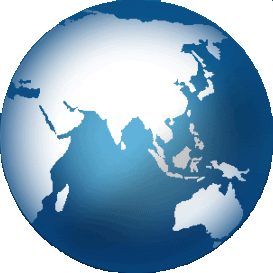Optimizing cotton productivity: A comprehensive analysis of categorizing factor levels
Keywords:
Categorizations of factors levels, Cotton crop, Enhancement techniques, Productivity, Statistical analysisAbstract
Cotton crop termed as a white gold of Pakistan due to its immense importance for foreign exchange. Across the years, production of cotton is critically decreasing in Pakistan. In this study, efforts are made to layout the variables of interest in sequential way to enhance the cotton productivity. The dataset of 12504 crop cut experiments is collected from Crop Reporting Service, Punjab comprise from 2018-2021. Yield gap analysis, probability share, and ANOVA are applied to measure the variables and its levels. The probability shares of the farmers who are getting the optimum productivity for best factors’ levels are 13.78% for sowing time up to 2nd fortnight of April, 25.78% for 10 water/irrigations, 0.12% for 3 weedicides spray, 3.53% for 13-17 pesticides spray, 3.18% for DAP, 19.65% for urea and 75.15% for cotton varieties. New theory is constructed for the categorization of variable in term of probability share (%), yield gap, and optimum productivity and it identify that sowing time, weedicide spray, pest spray and DAP falls under major loss, while water/irrigation and urea fall under medium loss and cotton varieties falls under minor loss. The productivity of cotton could be enhanced from major to minor loss factors, but in diminishing order. Firstly, there is need to address major loss factor, and then on medium and minor factors to get over the loss in cotton productivity. Mean differences for the group of all variables found statistically significant. This study is helpful for making strong recommendations to farmers liable to enhance the cotton productivity and could be viewed as an unprecedented effort for the sweet homeland, Pakistan. This study may also lead a basis to build the good regression model for cotton yield enhancement practices.
Downloads
Published
How to Cite
Issue
Section
License
All articles published by JPAA are licensed under the Creative Commons Attribution 4.0 International License . This permits anyone to copy, redistribute, transmit and adapt the work provided the original work and source is appropriately cited as specified by the Creative Commons Attribution License.





